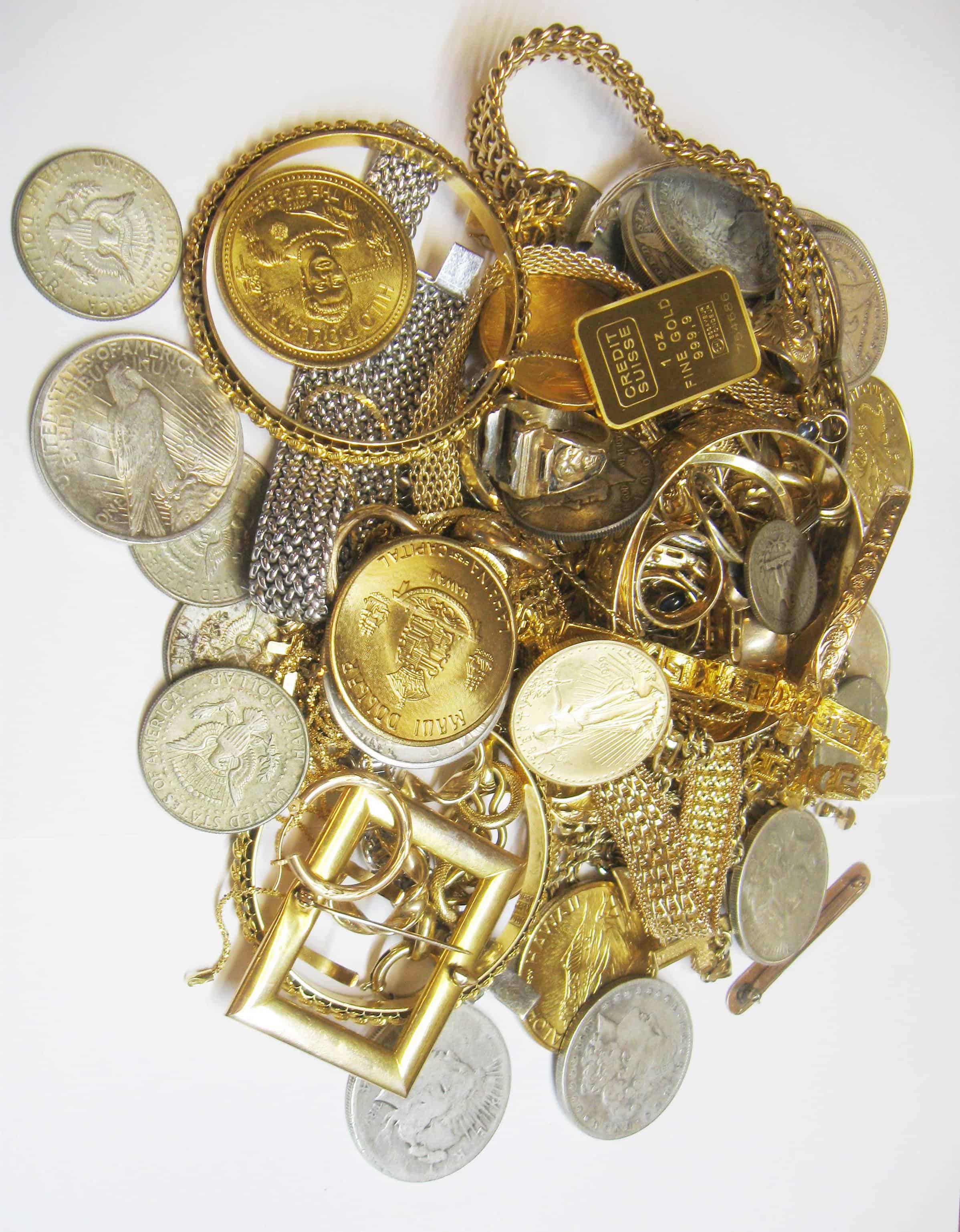Stories about diamonds
 Perhaps you have seen one of Kamaaina Loan’s ads that offers
Perhaps you have seen one of Kamaaina Loan’s ads that offers
to buy diamonds, “especially wanted, 1 carat and higher.”
However, as an episode a few days ago reveals, not all big stones
are good stones.
A customer wanted a loan on a whopper of a diamond, 3 carats.
But, in the words of Jimi, the broker who examined it, the stone
was, in technical jargon, “one level above frozen spit.”
Diamonds are valued according to size, color, clarity and cut.
This particular diamond was very poor in the clarity department,
with several inclusions and flaws that cut down on its sparkle.
Its maximum loan value was only a couple hundred bucks, very
low for such a big stone.
Diamonds are examined with a 10-power loupe.
Cut also matters. The standard or round brilliant cut has been
determined both mathematically and by experience to produce
the most sparkle and glitter. But not every stone is suited to
the standard treatment.
As an example, a couple weeks ago we were shown a largish
stone with a weird cut, not quite exactly like any of the usual
categories, such as emerald, rose etc.
What would induce a cutter to choose such a method?
We couldn’t ask the cutter, but it may have been that given
the flaws in the stone, the bizarre cut was judged the best way
to get the most fire and light out of the stone.
Kevin recalled an example some years ago (not at Kamaaina ‘
Loan), where a customer had a cracked 2-carat stone. (Yes,
diamonds, hard as they are, can crack and chip.) Another
jeweler had recommended tossing out the stone, but Kevin
suggested sending it out to be recut.
It worked. The cutter managed to rescue one and a half carats
of good stone from the wreck.
Sometimes, it seems, the true skill of a good cutter is better
displayed on a poor stone than on a good one.
In any event, with diamonds size matters but not more than ‘
color, cut or clarity.

